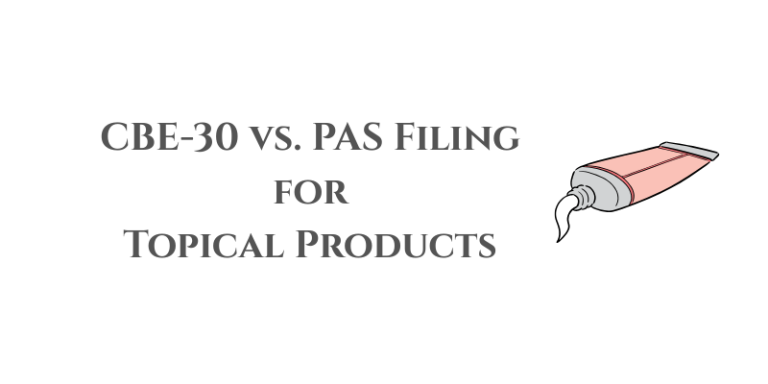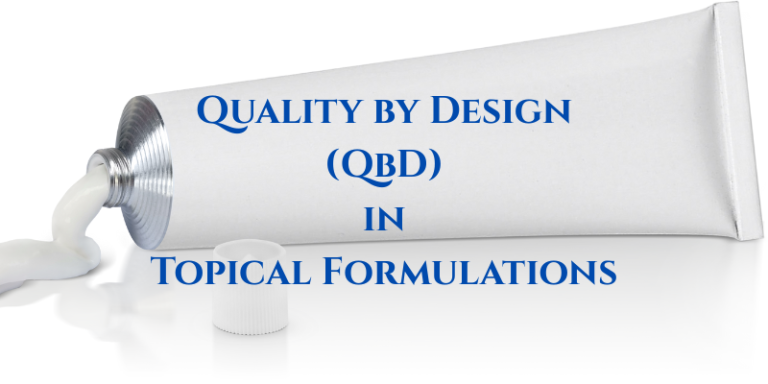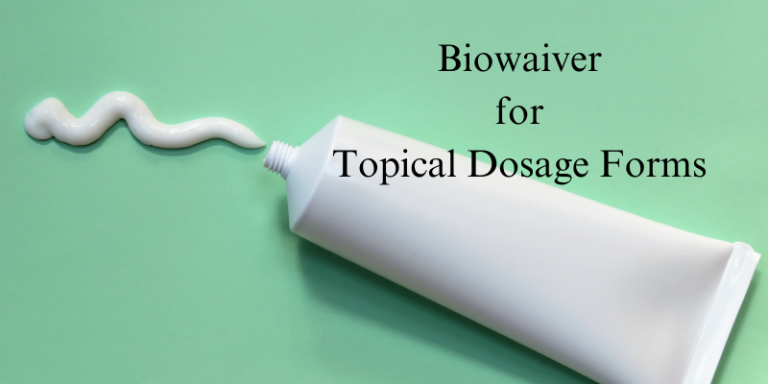CBE-30 vs. PAS Filing for Topical Products
Regulatory compliance is a critical aspect of pharmaceutical product lifecycle management. When making post-approval changes in topical formulations, selecting the appropriate FDA submission pathway—CBE-30 (Changes Being Effected in 30 Days) or PAS (Prior Approval Supplement)—ensures compliance while maintaining business continuity. Understanding when to file CBE-30 vs. PAS can significantly impact timelines, regulatory approvals, and market…




